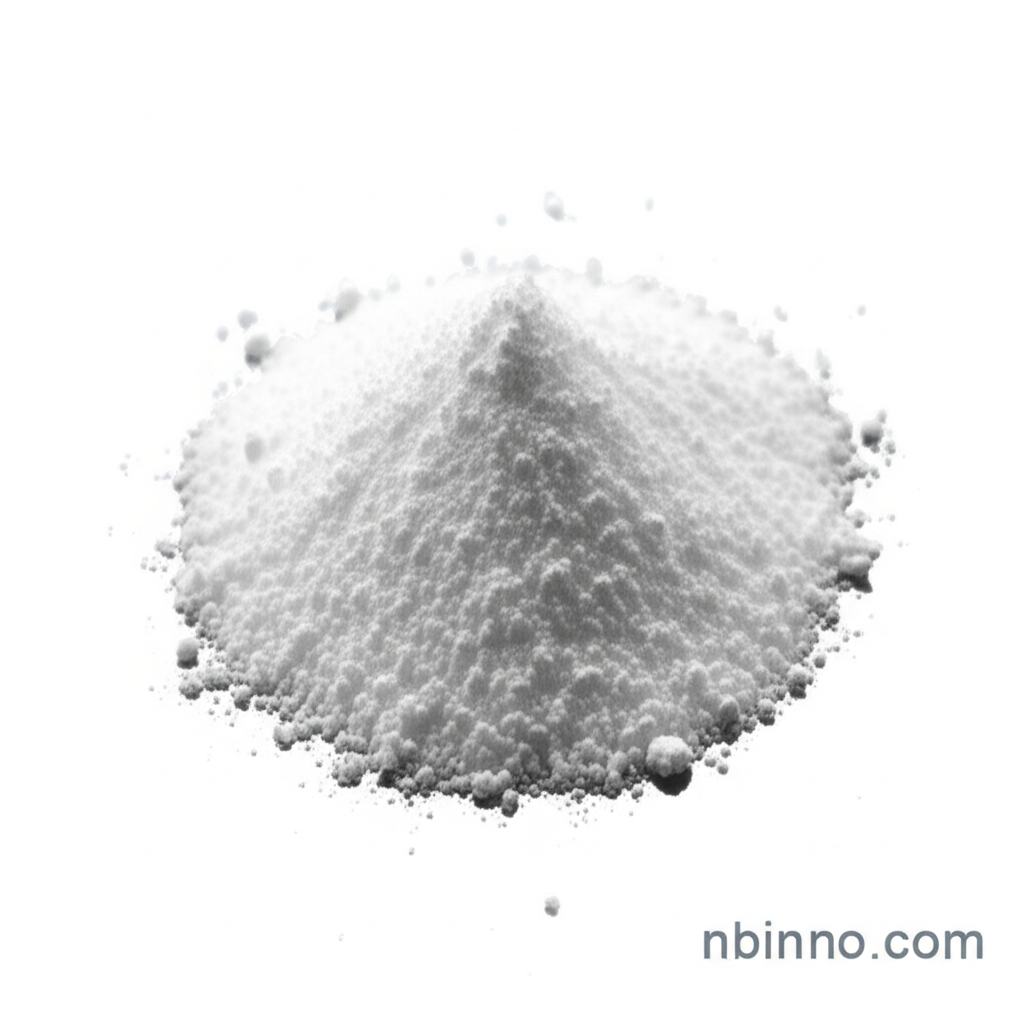2-Chloro-1,3-dimethylimidazolidinium Hexafluorophosphate: A Versatile Condensation Reagent for Organic Synthesis
Unlock new possibilities in peptide synthesis and complex molecule construction with this advanced coupling agent.
Get a Quote & SampleProduct Core Value

2-Chloro-1,3-dimethylimidazolidinium Hexafluorophosphate
This compound is a highly effective condensation reagent, crucial for facilitating challenging coupling reactions in organic synthesis. Its unique chemical structure makes it particularly adept at handling sterically hindered amino acids, a common challenge in peptide synthesis. Beyond peptide chemistry, it serves as a valuable tool for esterification and acts as an efficient diazo-transfer reagent, broadening its applicability in the synthesis of diverse organic molecules.
- Leverage the power of the 2-Chloro-1,3-dimethylimidazolidinium hexafluorophosphate condensation reagent for robust peptide synthesis.
- Efficiently perform esterification reactions using this specialized chemical reagent.
- Utilize its capability as a diazo-transfer reagent for intricate organic molecule synthesis.
- Benefit from the reliability of CAS 101385-69-7 in your research and development workflows.
Key Advantages
Enhanced Coupling Efficiency
Experience superior results with this reagent, designed to improve the efficiency of peptide coupling reactions, making your synthesis smoother.
Versatility in Application
From complex peptide chains to intricate organic structures, its role as a condensation reagent or diazo-transfer agent offers broad utility.
Hindered Amino Acid Compatibility
Effectively overcome steric challenges in amino acid coupling, ensuring higher yields and purity in your peptide synthesis projects.
Key Applications
Peptide Synthesis
As a premier peptide coupling reagent, it's essential for creating complex peptide sequences efficiently.
Organic Synthesis
A versatile tool for various transformations, including esterification and the creation of diazo compounds.
Specialty Chemical Manufacturing
Serves as a critical intermediate for the synthesis of advanced specialty chemicals.
Research and Development
Indispensable for academic and industrial laboratories exploring new chemical entities and reaction pathways.
